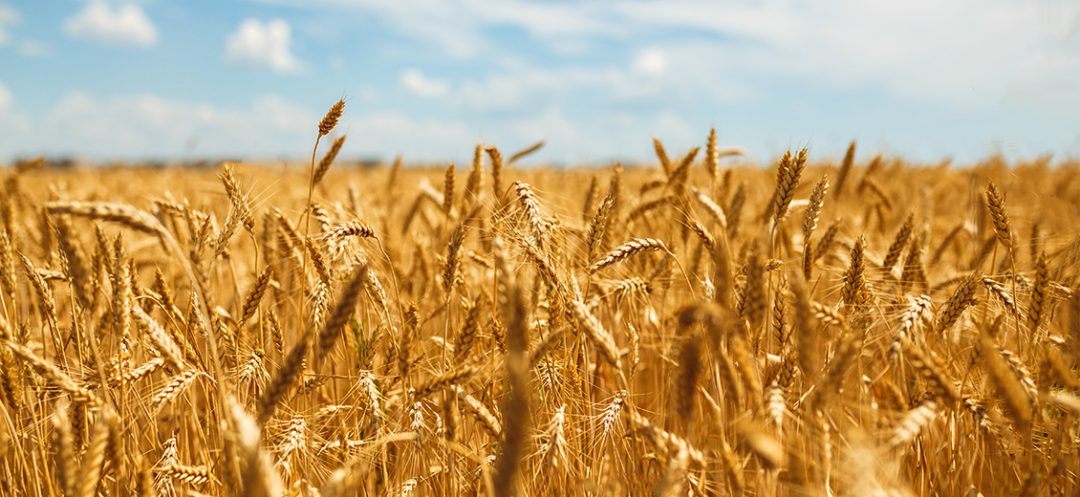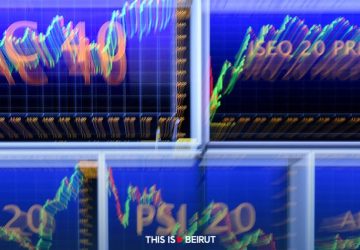Listen to the article
Financial jargon is filled with terms borrowed from English that can seem complex at first glance. One such term is “commodities,” which refers to raw materials (RMs) traded as financial instruments on the stock market. Alternatively, if you have ample storage space, it can also mean physical goods. The aim here is to closely examine this type of financial asset.
Some Fundamental Principles
Raw materials available on financial markets can be categorized into several groups: precious metals (such as gold and silver), industrial metals (like copper and aluminum), energy products (including oil and gas), or even agricultural commodities (such as wheat and soybeans), among others.
Which raw materials are the most active? Guy Rouhana, a performance and technology consultant and experienced trader, reveals to This is Beirut that the most active raw materials are typically those with the highest volatility—meaning their prices fluctuate significantly, providing lucrative profit opportunities. This category encompasses oil, nickel, and gold. However, this can vary depending on the year and the circumstances that impact the trading of different raw materials. For instance, the war in Ukraine has led to increased speculation about wheat.
Rouhana adds that speculation plays a key role in price determination, an observation already supported by Spanish economist Juan Ramon Rallo. Rallo indicates that speculators buy large quantities of goods to sell them back when they become scarce, which contributes to stabilizing prices over the long term while pocketing substantial profits in the process. Nonetheless, this practice remains a risky game.
Monetary Policy
Monetary policy also comes into play and impacts the overall price level and purchasing power. Additionally, factors such as climate conditions—rainfall, droughts, hurricanes—and other elements affecting crop production can cause price fluctuations. However, on the stock market, one can always speculate on both rising and falling prices.
Given the global nature of the raw materials market, capital mobility tends to minimize price differences between countries. A ton of wheat or iron usually has a comparable value at any given time, regardless of location around the world, (excluding additional costs such as insurance, transportation, and taxes).
Scarcity plays a crucial role in determining prices. It is measured using the stock-to-flow ratio, calculated by dividing a good’s total existing quantity by its annual production.
Rouhana cites gold as an example, a precious metal with relatively low stock-to-flow ratio, which is about 60 according to various sources. This means that the total amount of gold available (the stock) is 60 times greater than the annual production of new gold (the flow).
Mitigate Risks
Trading in raw materials does not equate to gambling with high risks for huge gains. Instead, Rouhana recalls that individuals typically engage in raw materials trading to mitigate risks.
For example, if farmers want to protect against the risk of a drop in the value of their upcoming harvest, they can always purchase put options. These contracts grant the buyer the right to sell a specified quantity of their crops at a predetermined price within a set timeframe.
Geopolitical events have a major impact on commodity prices as well. For instance, the outbreak of war in Ukraine has modified the price of certain materials worldwide: 44% for oil, 68% for palm oil and wheat, and almost 100% for natural gas and fertilizers. In contrast, other commodities, far from the areas of tension, have remained relatively stable, such as corn and rice.
Industrial Metals
According to specialized sources, although forecasts are made for metals, these remain uncertain (as with any traded commodity). For 2024, nickel, iron and zinc may see decreases of 21%, 9% and 6% respectively. Meanwhile, prices for copper, tin and aluminum are expected to modestly rise by 5%, 4% and 2% respectively.
By 2025, aluminum and tin prices are expected to rise an additional 4%, while iron and lead prices are likely to continue their decline. Conversely, nickel and zinc prices are projected to partially recover, and copper prices are anticipated to stabilize. But again, these forecasts depend on economic activity such as a rebound in construction and real estate, and developments in the metallurgical industry, etc. Additionally, factors like new trade restrictions, taxes, and import quotas could also influence these price trends.
How One Can Benefit in Lebanon?
Like other assets, raw materials are traded on the stock market through accredited and serious brokers. They are often traded using derivative contracts, which come in various forms. They can also be negotiated indirectly through shares and funds of companies involved in activities related to these same raw materials.
According to MP Antoine Habchi of the Baalbeck region, cannabis could offer Lebanon a comparative advantage as a tradable commodity. This potential is based on a law that, unfortunately, has yet to be implemented.




